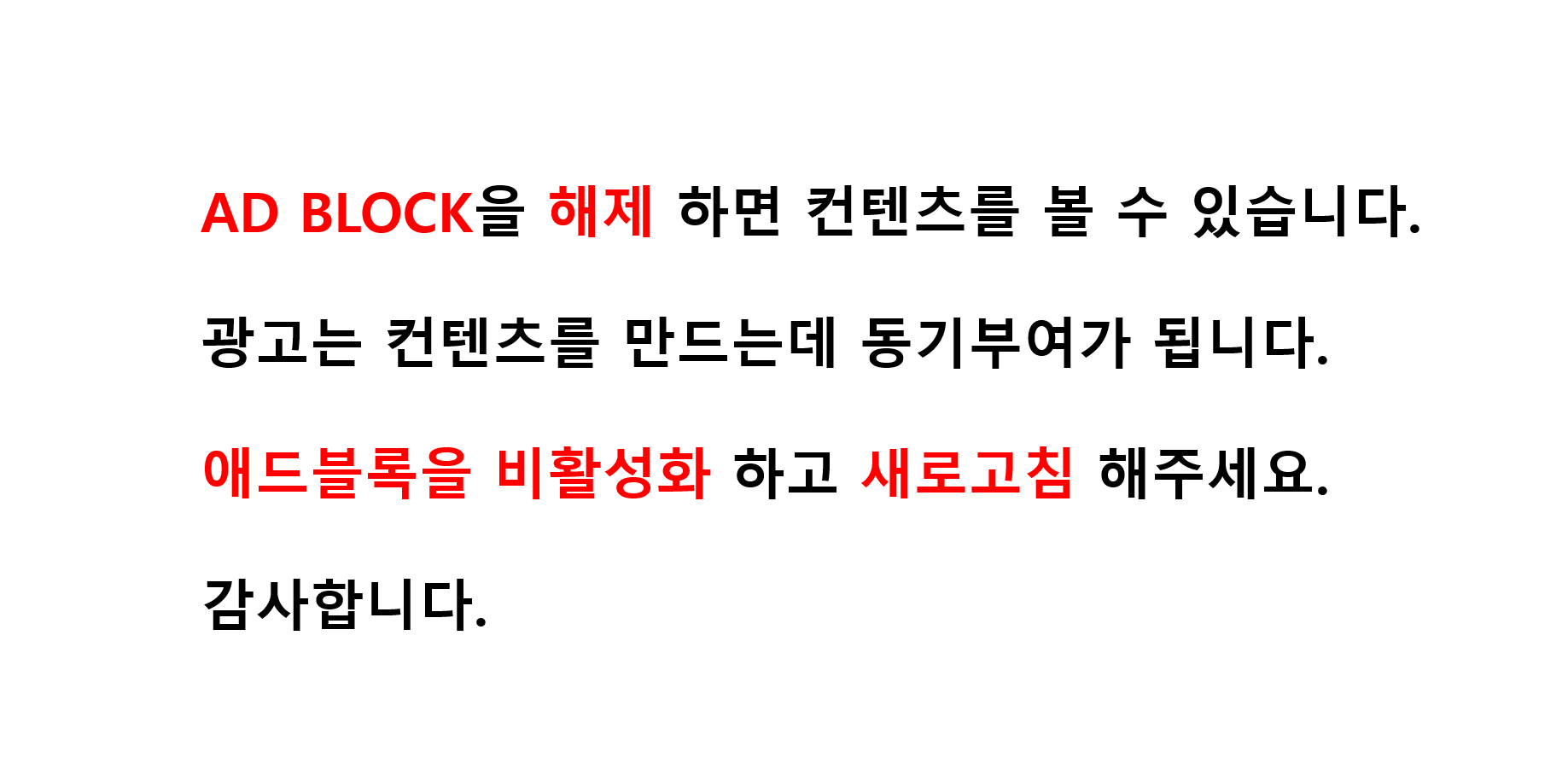1. 쉘 정렬
1 2 3 4 5 6 7 8 9 10 11 12 13 14 15 16 17 18 19 20 21 22 23 24 25 26 27 28 29 30 31 32 33 34 35 36 37 38 39 40 41 42 43 44 | package myTest4; import java.util.Scanner; public class ShellSort { static void shellSort(int[] a, int n){ for(int h= n/2; h>0; h /= 2){ for(int i=h; i<n; i++){ int j; int tmp = a[i]; for(j=i-h; j>= 0 && a[j] > tmp; j-= h){ a[j+h] = a[j]; } a[j+h] = tmp; for(int k=0; k<n; k++){ System.out.print(a[k]); } System.out.println(); } } } public static void main(String[] args) { Scanner scanner = new Scanner(System.in); System.out.println("셀 정렬(버전 1)"); System.out.print("배열의 길이: "); int arrayLength = scanner.nextInt(); int[] array = new int[arrayLength]; for(int i=0; i<arrayLength; i++){ System.out.print("array["+i+"]:"); array[i] = scanner.nextInt(); } shellSort(array, arrayLength); System.out.println("오름차순 정렬완료"); for(int i=0; i<arrayLength; i++){ System.out.println("array["+i+"]:" + array[i]); } System.out.println(); } } | cs |
쉘 정렬 결과
1 2 3 4 5 6 7 8 9 10 11 12 13 14 15 16 17 18 19 20 21 22 23 | 셀 정렬(버전 1) 배열의 길이: 6 array[0]:6 array[1]:5 array[2]:4 array[3]:3 array[4]:2 array[5]:1 354621 324651 321654 231654 123654 123654 123564 123456 오름차순 정렬완료 array[0]:1 array[1]:2 array[2]:3 array[3]:4 array[4]:5 array[5]:6 | cs |
2. 증분값 h를 변경한 쉘정렬
1 2 3 4 5 6 7 8 9 10 11 12 13 14 15 16 17 18 19 20 21 22 23 24 25 26 27 28 29 30 31 32 33 34 35 36 37 38 39 40 41 42 43 44 45 46 47 | package myTest4; import java.util.Scanner; public class ShellSortChangeHvalue { static void shellSort2(int[] a, int n){ int h; for( h = 1; h<n/9; h=h*3+1); for(;h>0; h/=3){ for(int i= h; i<n; i++){ int j; int tmp = a[i]; for(j=i-h; j>=0 && a[j] > tmp; j-=h){ a[j+h] = a[j]; } a[j+h] = tmp; for(int k=0; k<n; k++){ System.out.print(a[k]); } System.out.println(); } } } public static void main(String[] args) { Scanner scanner = new Scanner(System.in); System.out.println("셀 정렬(버전 2)"); System.out.print("배열의 길이: "); int arrayLength = scanner.nextInt(); int[] array = new int[arrayLength]; for(int i=0; i<arrayLength; i++){ System.out.print("array["+i+"]:"); array[i] = scanner.nextInt(); } shellSort2(array, arrayLength); // 배열 x를 버블 정렬 한다. System.out.println("오름차순 정렬완료"); for(int i=0; i<arrayLength; i++){ System.out.println("array["+i+"]:" + array[i]); } System.out.println(); } } | cs |
증분값 h를 변경한 쉘정렬 결과
1 2 3 4 5 6 7 8 9 10 11 12 13 14 15 16 17 18 19 20 | 셀 정렬(버전 2) 배열의 길이: 6 array[0]:6 array[1]:5 array[2]:4 array[3]:3 array[4]:2 array[5]:1 564321 456321 345621 234561 123456 오름차순 정렬완료 array[0]:1 array[1]:2 array[2]:3 array[3]:4 array[4]:5 array[5]:6 | cs |
'전체 > 알고리즘' 카테고리의 다른 글
| 병합정렬 (0) | 2018.11.03 |
|---|---|
| 퀵정렬 (0) | 2018.11.03 |
| 단순 선택정렬, 단순 삽입정렬 (0) | 2018.10.27 |
| 버블정렬 여러가지 방법 구현 (0) | 2018.10.09 |
| 8퀸 문제, 가지뻗기, 분기한정법 사용 구현 (2) | 2018.10.07 |




 myTest1.zip
myTest1.zip




